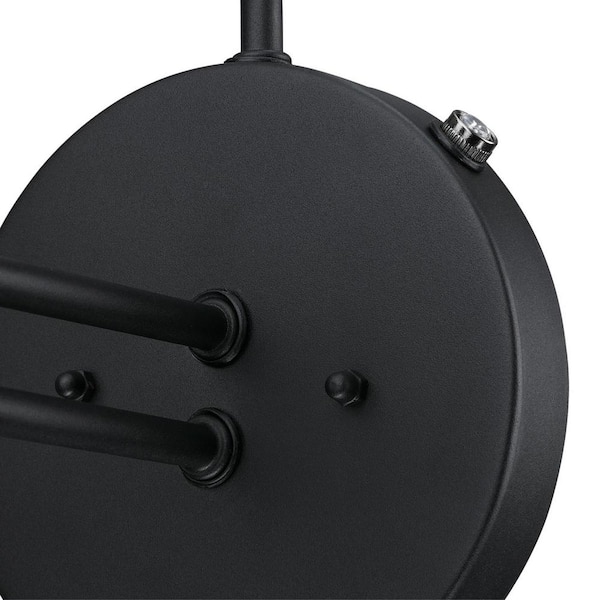
Stream ZAYN, Sia - Dusk till dawn (slowed).mp3 by Dancing in the Rain | Listen online for free on SoundCloud

From Dusk Till Dawn (I): A Golden Buzzer of OutSystems´s Web Forge Components | by Fábio Fantato (OutSystems MVP) | ITNEXT

Westinghouse Watts Creek 1-Light Textured Black Outdoor Wall Mount Sconce, Dusk to Dawn Sensor 6120500 - The Home Depot








:strip_exif():format(jpg)/http://s3-ap-southeast-1.amazonaws.com/bsy/wynk/wynk_noimg.png)

:strip_exif():format(jpg)/http://s3-ap-south-1.amazonaws.com/wynk-music-cms/srch_believe/music/0195497588510/1657696801/srch_believe_A10320WT044258446B.jpg)







